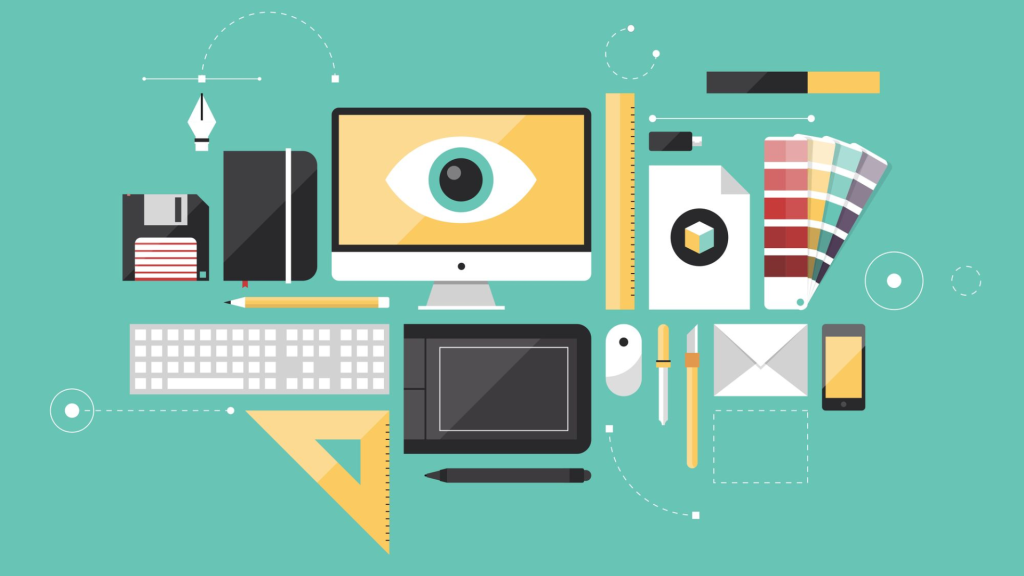
Design tools have changed the way digital products are created; they are now far more efficient, collaborative, and accessible for professionals of all levels. While the demand for aesthetically pleasing and user-friendly interfaces grows, designers should be equipped with the best design tools available. These tools streamline workflows, support creativity, and bring a wide array of capabilities that help designers deliver high-quality designs, meeting both the client’s and the user’s expectations. In this blog, we look at some of the best tools for UI designers, go through the essential features to consider when selecting a design tool, and add additional factors that can take one’s design process to the next level.
Top Tools for UI Designers
Figma
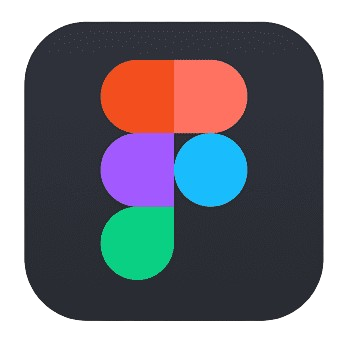
Figma is a very popular UI design tool because of its real-time collaboration capabilities. Because Figma is web-based, multiple teammates can work on projects at once, which makes it super easy for remote teams to use. Figma helps designers in creating and maintaining cohesive interfaces by using comprehensive vector editing, prototyping, and management of design systems. Its rich plugin library covers everything from accessibility to version control and extends functionality to support a wide variety of custom workflows. The free tier of Figma gets the work done for solo designers, while its paid plans have more advanced features that will help larger teams-nice versatility for any project scale.
Adobe XD
Adobe XD is a powerful UI/UX design tool, particularly suitable for designers familiar with the Adobe ecosystem. It provides a smooth experience for creating interactive prototypes with animations, transitions, and triggers, allowing designers to simulate user flows and present their designs interactively. XD also integrates seamlessly with Adobe Creative Cloud, so users can easily incorporate assets from Photoshop, Illustrator, and other Adobe tools. Adobe XD supports voice prototyping and auto-animation, which help in creating dynamic experiences, and its powerful collaboration features enable designers to share designs with stakeholders for feedback.
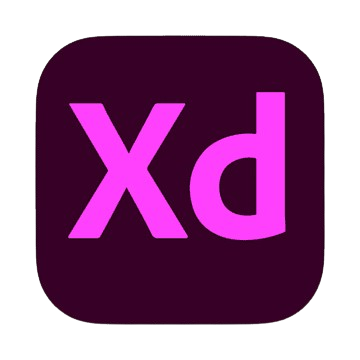
Sketch

For many years, UI designers have considered Sketch a staple, at least for Mac users. The intuitive interface, along with its lightweight functionality, means it is extremely easy for designers to pick up and use efficiently. Besides, it supports symbol libraries and responsive resizing that let designers create reusable components and adapt their designs to different screen sizes in no time. One of the standout features is the plugins ecosystem, providing a great set of customizations for more specific design needs. It particularly shines when it comes to visual design and wireframing, hence being the favorite for many design teams based on Macs.
InVision Studio
InVision Studio is designed to provide an all-in-one experience for prototyping, animation, and collaboration. It has powerful animation tools that allow designers to create smooth, complex transitions, which is great for high-fidelity prototypes. InVision Studio integrates with InVision’s Design System Manager (DSM), which lets teams maintain consistent design systems across projects. The platform also includes real-time collaboration and feedback tools, making it easy to share designs with team members and clients. InVision Studio’s strength lies in its ability to support every stage of the design process, from ideation to presentation.
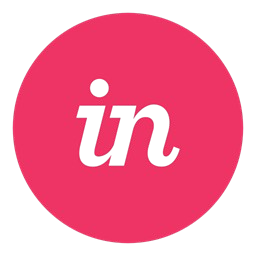
Canva
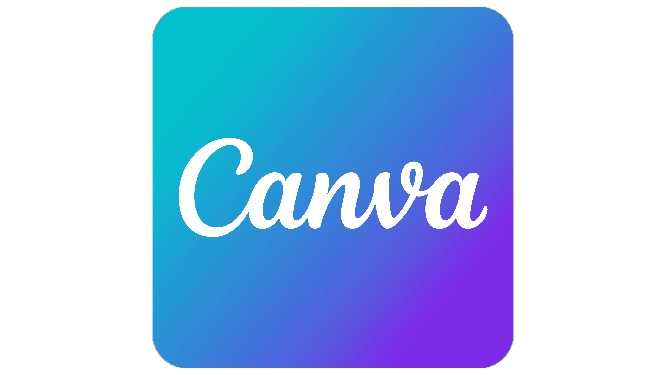
Canva is not strictly a UI design tool, but it’s incredibly popular for fast, professional-looking graphics and social media features. It boasts a drag-and-drop interface, with thousands of templates that further make designing an effortless task even for beginners. Canva is ideal for smaller design tasks, such as making marketing materials or visuals for presentations, and is accessible to those without formal design training. Canva supports branding and content creation designers who build upon their core strengths in template libraries, ease of use, and collaboration.
Key Features to Look for in Design Tools
- Collaboration Capabilities
Design software collaboration features enable designers and team members to work on a design project together in real time. This functionality is crucial for remote teams to minimize back-and-forth communications and ultimately enable feedback much quicker. Many of the design tools with collaboration features enable commenting, tracking changes, and task assignments within the tool. This makes the review process much easier and aligns everyone on the same page. This is usually because collaboration features are highly robust in Figma and Adobe XD.
- Vector Editing Tools
Among these, vector editing tools are an integral part of the design process. This is because they offer scalable graphics that ensure quality across a wide array of screen sizes and devices. They let designers easily manipulate shapes, lines, and paths without any resolution loss, thus becoming ideal for UI designs where consistency and quality are paramount. In addition, vector tools will give designers the power to make changes to the graphics with exactitude, thus allowing flexibility in resizing and changing of components. Most UI design tools, like Adobe XD and Sketch, house advanced vector editing capabilities that ensure icons, buttons, and illustrations are always pixel-perfect.
- Prototyping Capabilities
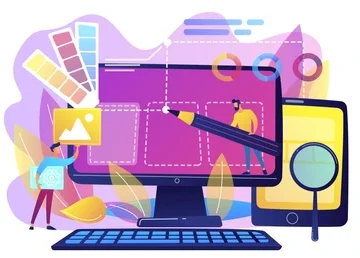
Prototyping features in design enable the designer to create clickable, interactive mockups of the designs he or she is working on, simulating how a user would go through the finished product. That functionality enables one to test navigation flows, animations, and other interactive elements that give the stakeholders a far better view of how the design would really work. For this reason, prototyping can be an essential part of gathering feedback on usability issues before actual development even begins, which could save time and resources later on. Prototyping features allow the designer to take static designs and bring them to life using powerful tools like Figma, Adobe XD, and InVision Studio.
- Design System Management
Design system management tools maintain consistency by offering one place to hold reusable components, colors, typography, and more. This feature is especially helpful for larger teams or projects with multiple stakeholders, since it ensures a cohesive style has been implemented across all screens and products. A strong design system allows designers to easily make global changes, improving efficiency and allowing the brand to stay consistent. Figma and Sketch both offer support for design system libraries, thereby smoothing collaboration and reducing redundancy.
- Integrations
Integration capabilities give a way to design tools to be connected with other applications, such as Slack, project management software, cloud storage, and even code repositories. Integrations help in the simplification of workflows by allowing designers to have more resources within one tool. Such is the case when integration with cloud storage can make it easier to share files or integrations with project management tools that will help organize design tasks. Of particular benefit to teams, it pulls all the necessary tools into one workflow.
- Version Control
Version control enables designers to track changes and access previous versions of their work, making it easy to revert to an earlier state if needed. This feature is useful for teams working on large, iterative projects, as it prevents confusion over different versions and minimizes the risk of losing important changes. Version control can also document the design’s evolution, which is valuable for stakeholder reviews and project documentation. Tools like Figma have built-in version history, providing a safeguard for complex projects.
- Cloud Storage and Access
Cloud features for storage and access enable designers to save their work online, ensuring access to it from any device with internet access. This feature also supports easy collaboration and file sharing since team members are able to view or edit projects without having to download or transfer the files. Cloud storage adds an extra layer of security in the form of automatic backups, which is indispensable for data loss prevention. Most design tools offer cloud storage these days. Examples include Figma and Adobe XD.
- User Testing Features
User testing features allow designers to collect feedback from real users on prototypes and designs for the validation of design decisions and to enhance the user experience. The tool enables designers to mimic interactions and get an understanding of how users would work their way through a design. Being able to test before development could help catch usability issues upfront, saving time and resources. Tools like Marvel and Proto.io have built-in user testing options to collect feedback.
- Animation and Interaction Design
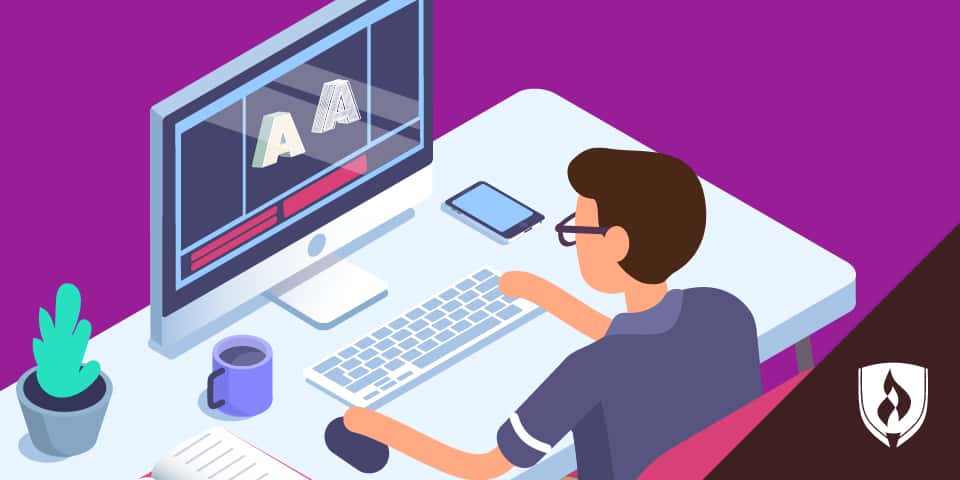
Animation and interaction design features allow designers to add movement and dynamic elements to their designs, creating more engaging and realistic user experiences. Animations like transitions, hover effects, and micro-interactions enhance the design by making it more intuitive and visually appealing. Interaction design capabilities also help designers communicate intended behaviors to developers. InVision Studio and Adobe XD offer powerful animation tools, allowing designers to build rich interactive experiences.
- Cross-Platform Compatibility
Cross-platform compatibility ensures that a design tool will work on different operating systems, such as Mac, Windows, and sometimes even mobile devices, which are really great for a diverse set of teams. This allows designers to work from any device and makes the design process flexible and inclusive. Compatibility across platforms makes sharing and collaboration easier since all team members can access and make edits to files irrespective of devices. By definition, Figma is web-based and hence boasts very good cross-platform compatibility.
Comparing Free and Paid Design Tools
Both free and paid design tools are available, each with advantages based on the needs and budgets of the designer using them. Free tools like Figma-with its free tier-and Canva provide ample features for a starter or small teams, though they might lack some of the advanced functionality found in paid versions. Paid design tools like Adobe XD and Sketch come fully loaded with powerful features, an enormous resource base, and support system flowing right for professional designers and teams. Ultimately, when it comes to choosing between free and paid options, variables like team size, the project at hand, and additional features required will define in which of these scenarios the investment is worth the value provided.
Conclusion
For any UI designer, the proper choice of design tool can be a game-changer because it defines the creative process and quality of output. With such great variety, it is crucial to be aware of the specific strengths and weaknesses of each in order to make genuinely free choices. Ultimately, the best design tool is one that aligns with your workflow and meets your project needs, growing with you in expertise. Whether you’re a seasoned professional or a newcomer to design, selecting a tool that enhances productivity, fosters collaboration, and supports creativity can set the foundation for a successful design journey.
